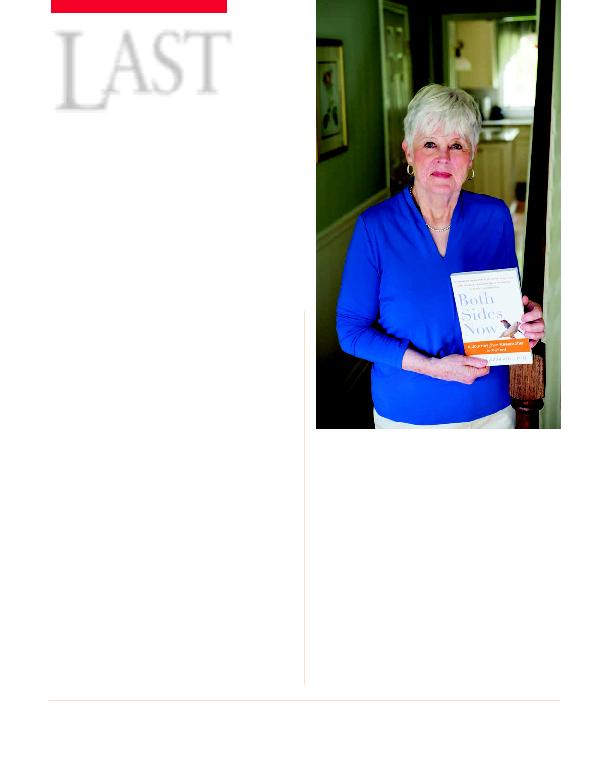
Medical School, I contemplate just how far I have traveled.
dowed William Dow Lovett Laboratory of Molecular
Neurogenetics, to work on the genetics of ataxia. One did-
n't work very long in Roger's department, however, without
getting pulled into his Parkinson's disease research. One
day, "the Boss," as he was affectionately known by faculty
and staff alike, said to me, "Alice, I want you to prove
Parkinson's is genetic." Little did I realize just how this tall
order would come to revolutionize research for Parkinson's.
School of Medicine, I published a family study of
Parkinson's, in the journal Neurology in 1994, that helped
to support Roger's vision. Then, in 1996--the same year I
also completed my PhD--our team at Robert Wood
Johnson Medical School, the National Institutes of Health,
and the University of Naples reported in Science the loca-
tion of the first Parkinson's-causing mutation in a kindred
originating from Contursi, a small Italian village southeast
of Naples. This was followed by our identification of the
we detailed in the same journal in 1997. Screening other
laboratory samples from persons of Italian descent, I found
no additional carriers of the mutation. While the mutation
proved to be unique to this extended family, evidence of
the protein's involvement in the classic pathology of
Parkinson's followed almost immediately thereafter, with
an article published in Nature.
integrating genetics into all clinical trials. My previous work
ultimately lent itself to my working in the Department of
Neurosciences on a drug to treat Parkinson's. By 2004, I
was experiencing a fatigue so debilitating that it was inter-
fering with my ability to maintain a full-time schedule.